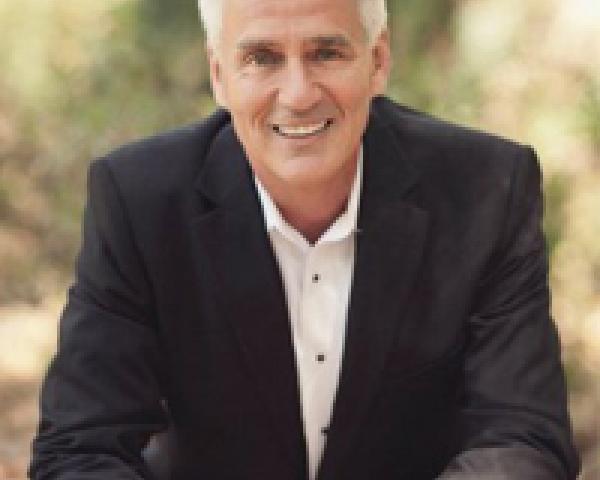When death by suicide strikes the workplace, employees immediately look to its leadership for direction.
Suicide breaks all the rules. Consider the vigilant life-long efforts people make to grow and flourish. Remember the countless reminders received from parents, educators, medical professionals, and other caretakers to remain safe and healthy. Measure the perpetual efforts made to build toward a successful life. Remember the desperation when presented by a threat to life and the efforts made to escape it. Relive the grief at the loss of a loved one. Breath by breath, second by second we focus upon Life. Is it any wonder that people are shocked when someone willfully chooses to abandon this shared quest by completing suicide? Death by suicide powerfully jars our concept of the way life is supposed to be and challenges core foundations such as, “What can I really trust?”
When death by suicide strikes the workplace, employees immediately look to its leadership for direction. How those leaders respond when all eyes are upon them offers both tremendous opportunity and serious risk for the subsequent outcomes. At risk is trust. Some will react more strongly than others. (Some co-workers may now be at increased risk for their own self-harm.) But when exposed to this event the primary question regresses to, “How would leadership respond if it was me? How valued am I?”
See also: Blueprint for Suicide Prevention
Effective crisis leadership after suicide demonstrates trustworthiness at three levels: Competence, Character and Compassion. These elements are not mutually exclusive and must be in evidence simultaneously.
Competence:
- Especially when shaken, people need to experience leadership that has a plan and demonstrates expertise. Acknowledge your own pain but let people see you move forward confidently. People must witness someone who is also affected and fully acknowledges that impact but is strong enough to move forward while sad. There is tremendous power in strong, calm presence. Calm is just as contagious as fear.
- Communicate sensitive but confident belief in others’ competence. Express a firm expectation of recovery and return to a New Normal. Guide people to efficacy through sensitive resumption of familiar tasks and schedules. They need to know you believe in them and will support their success.
- Demonstrate competence by bringing expert resources into play such as the EAP to provide support and guidance.
Character:
- Those led must witness leadership that keeps promises, operates by the rules and “does the right thing.” Suicide breaks rules. Sometimes, suicide feels like a lie. Leadership must cherish shared life-giving values, especially at this time.
- Suspicion and distrust need not be logical to be powerful. Communicate, communicate, communicate. Minus current information, people tend to develop their own, and that misinformation can be very damaging.
Compassion:
- Demonstrate caring. Death by suicide is a very human crisis. Care for the family of the deceased as well as others who are particularly affected. People will equate that caring with the value you hold for them.
- Build community by being visible to groups of affected co-workers and emphasizing the strength available through community. Remind work teams to support each other both emotionally and functionally while they may not be at their best.
See also: How to Communicate Following a Suicide
Do the right thing, and it’s good for business. Crisis leadership aims to mitigate the human, financial, productivity, reputational and morale costs of tragedy. When death by suicide affects an organization, it produces a day people will never forget. Those you lead will not forget. Neither will you. Lead them well.
Insurance Thought Leadership’s continuing series of articles focused on suicide prevention is written by the Workplace Task Force of the National Action Alliance for Suicide Prevention, the public-private partnership championing suicide prevention as a national priority.







